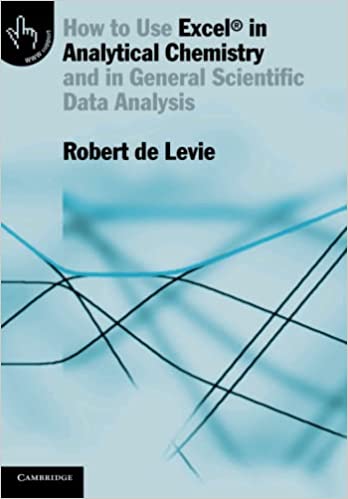Permanganate potentiometric titration
Permanganate is one of the strongest oxidizing agents used for titrations. In pH 0.0 formal potential of permanganate is 1.5V, but it goes down with increasing pH. In too high pH permanganate doesn't reduce to Mn2+, but (in slightly acidic and slightly alkalic solutions) to MnO2, and in highly alkalic solutions - to MnO42-. All these reactions are used in analytical chemistry, but the most popular is the use of permanganate in low pH solutions.
Permanganate titrations don't require use of indicators. Permanganate itself has a very intense, purple color, and small excess of the titrant is usually enough to color the solution and to signal end point. That is especially true in the case of 0.1M permanganate solutions, when lower concentrations are used - 0.01M - we may need either blank test or indicator. To make the determination of end point easier we can place a sheet of white paper under the sample flask.
Permanganate requires low pH, or presence of strong acid. Best results can be obtained when permanganate is used for titration in combination with sulfuric acid. In the hydrochloric acid permanganate can be able to oxidize chlorides to chlorine, which can be a source of positive errors. This is a slow reaction, so in some titrations chlorides presence can be ignored. However, presence of Fe2+ catalyzes chlorides oxidation, thus we usully want to lower formal potential of the system adding Mn2+ cations (for example in the form of Reinhardt-Zimmermann solution).
When titrating with permanganate we can't see through the liquid, as it strongly colored and opaque, thus we can't read titrant volume using bottom of the meniscus. Instead, we simply look at the top of the liquid.
Permanganate can be used for determination of amount of Fe2+, As3+, Sb3+, Mn2+ and V4+, H2O2, SO32-, NO2-, oxalic acid and oxalates, formates and so on.
It is worth of noting that glass used for permanganate titrations gets brown tint from the traces of MnO2 that adsorb on the surface. This tint can be easily removed with hydrochloric acid.




